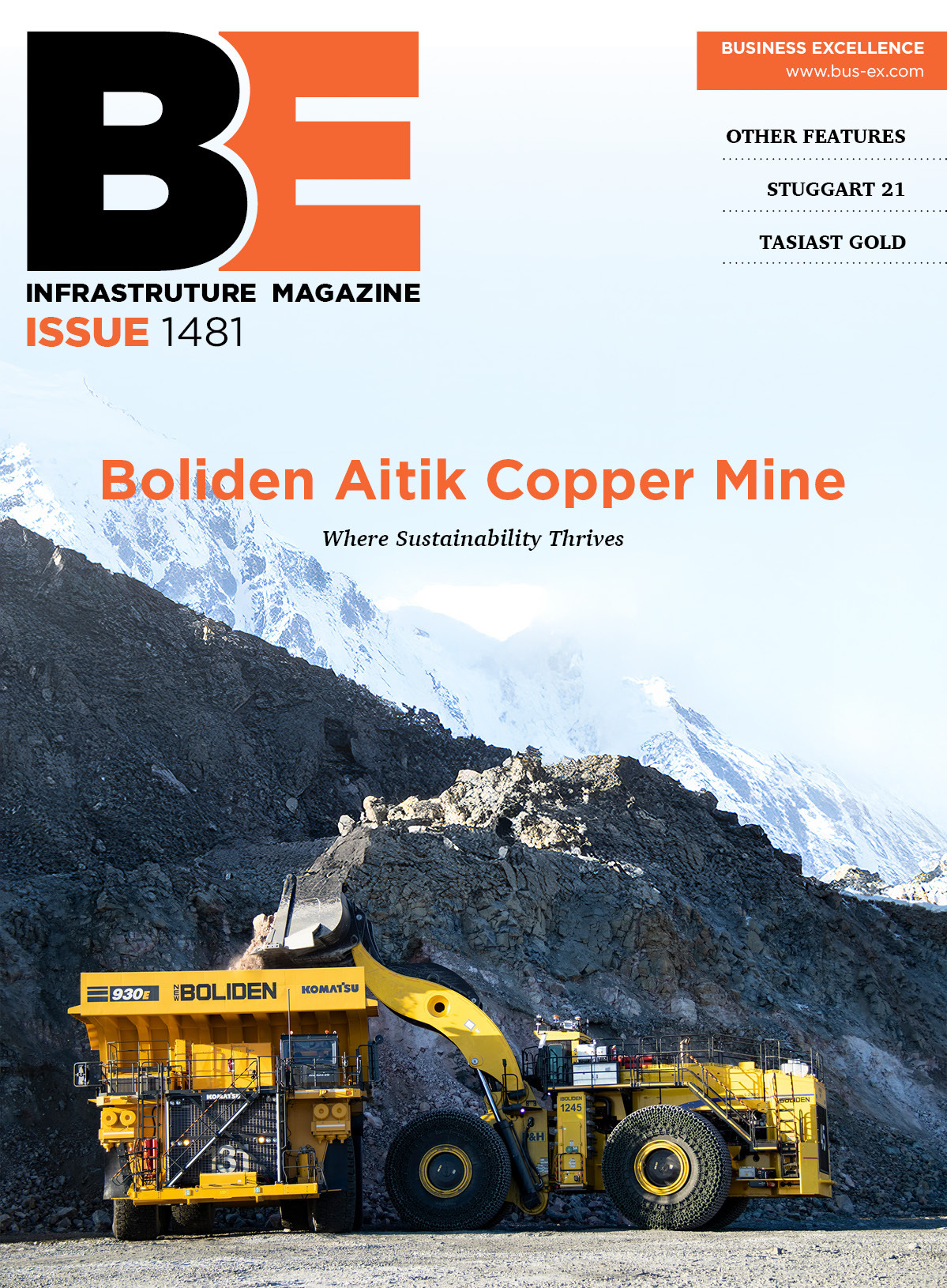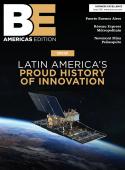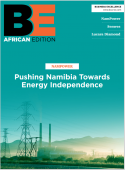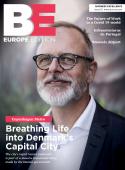Bioethical mining
The application of bioheapleaching by Finnish company Talvivaara doesnÔÇÖt just help with environmental considerationsÔÇöit makes very sound commercial sense as well, as Ruari McCallion discovered.
One of the biggest issues with metals mining is what to do with the effluent and waste. Traditional extraction methods often use compounds like cyanide or acids, which are just about as toxic as they come. Furthermore, they are reusable only to a limited extentÔÇöa few cycles and theyÔÇÖre effectively uselessÔÇöand they are expensive in the first place. The ideal solution would be a process that uses naturally occurring materials, which could be reused indefinitely.
A Utopian dream, or foolÔÇÖs paradise? Absolutely not. Finnish company Talvivaara Mining Company, in collaboration with OMG Kokkola Chemicals, has developed a bioheapleaching process that squares this particular circle. It uses bacterial action to leach metals from oreÔÇöa natural process that has been developed to commercial scale. Not only does it virtually eliminate toxic compound effluent but the bioheapleaching solution is significantly purified through the normal extraction of metals and can be reused indefinitely.
And thereÔÇÖs more: the bioheapleaching process generates heatÔÇösufficient to help overcome the severe cold in the Arctic climate of eastern Finland, where Talvivaara has its main mining operation. It acquired the rights to the Talvivaara deposits in 2004 from Outokumpu Plc, the extensive deposits having been known since a survey conducted by the Geological Survey of Finland, which carried out detailed exploration in the area from 1977 to 1983.
Known and proven resources amount to 642 million tonnes of sulphide nickel ore, which is estimated to be enough to support anticipated production levels of 33,000 tonnes a year for more than 60 years. However, the mine was not exploited until Outokumpu pulled out of mining and sold its rights to Talvivaara. The problem was not quantity of oreÔÇöit was the quality. The ore is relatively low-grade, and exploitation using conventional techniques was not commercially viable; but its advantage, now, is that it is rich in sulphides.
The bioheapleaching process has been known since the early 1970s but it was not regarded as feasible on an industrial scale. In the intervening years, however, OMG Kokkola and latterly, Talvivaara, have worked to develop it to the stage where it makes a great deal of sense. The process leaches metals from ore through bacterial action that occurs naturally and is triggered by micro-organisms in the presence of air and water. The commercial process modifies a number of microbiological parameters, to speed up the process of metal recovery.
Nickel, copper, zinc and cobalt are precipitated from the pregnant leach solution, which is collected at the bottom of the heaps and either re-circulated through them or fed to metals recovery. It is filtered, in order to extract commercially usable and saleable metal products. After removal of the metals, the solution is further purified and returned to irrigate the heaps.
This is where the presence of sulphides in TalvivaaraÔÇÖs metal deposits comes in. Primary and secondary sulphides are associated with pyrite (also, paradoxically, associated with ÔÇÿFoolÔÇÖs GoldÔÇÖ). When pyrite is oxidised, it has the potential to release a lot of heat. This is a useful attribute but it needs to be carefully managed, in order to maximise the effective recovery of the metals the company is after. Different microbial populations have to be present in the right quantities and proportions and over a period of time, in order for the process to work, and their growth rates have to be optimised as well.
The bacteria Talvivaara uses in its process occur naturally in the ore, which means they are present all over the mining area and are therefore well-adjusted to the local conditions, which can get extremely cold in winter. They are also not a foreign import that could destabilise or overwhelm the local environment.
Talvivaara and OMG Kokkola developed and tested their recovery techniques first in the laboratory and then on a pilot test heap. The pilot established the feasibility of industrial-scale exploitation and also facilitated the design and development of effective mining, recovery and production equipment. The development process proceeded to a 17,000 tonne site demonstration and trial project, which ran through 2005 to 2006. The pilot demonstrated recovery yields close to 100 per cent and high quality product, as well. The methodology is based on a process which is currently being used commercially by OMG Kokkola at its home base in Kokkola, Finland.
For TalvivaaraÔÇöboth the company and the areaÔÇöbioheapleaching technology is the ideal solution. It requires less capital investment and has lower operating costs than a substantial proportion of other nickel mines, which makes the project less vulnerable to price variations, of which there have been rather a lot in the past few years. It also has a much better environmental impact than smelting and it appears to be much more effective in extracting commercial-quality metals from lower-quality ores than traditional techniques.
Production began at the mine in October 2008 and it is anticipated that full productionÔÇö33,000 tonnes of nickel annuallyÔÇöwill be achieved in 2010. It is estimated that the mine will also produce around 60,000 tonnes of zinc, 10,000 tonnes of copper and 1,200 tonnes of cobalt per year as by-products. The company has entered into a 10-year agreement with Norilsk Nickel Harjavalta Oy for the entire output of the mine's nickel and cobalt production at market prices.
Talvivaara intends to become an internationally-significant base metals producer, primarily focused on nickel and zinc. By maintaining low capital and operating costs, it expects to have profitability at least equal to those of other base metal mining companies. Bioheapleaching itself helps to deliver cost-effective exploitation at its existing deposits; TalvivaaraÔÇÖs strategy for the future includes using the technology with other nickel resources, and exploitation of additional resources in Finland.









